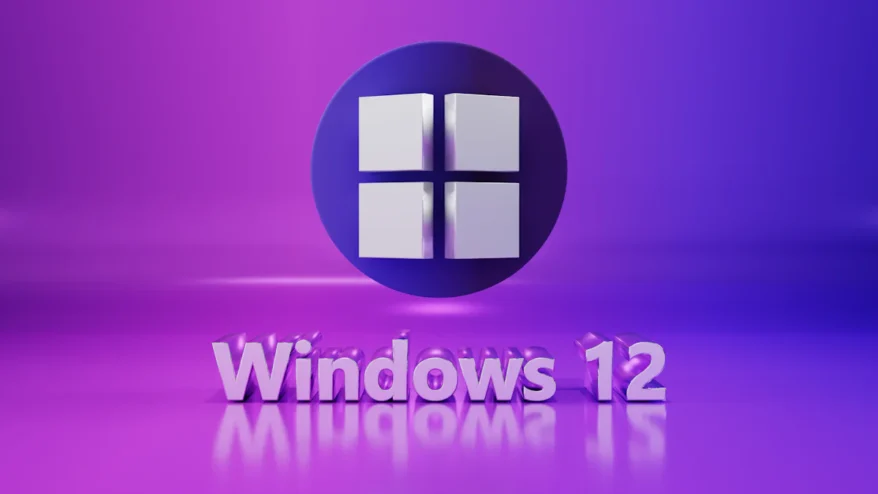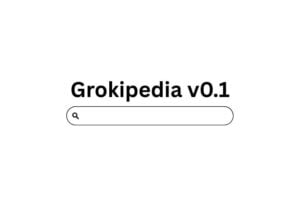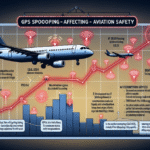Windows 12 Leaks: What We Know So Far
Excitement and anticipation surround the potential release of Windows 12. Leaks and rumors have fueled speculation about new features and enhancements. Staying updated with the latest information remains crucial for tech enthusiasts and industry professionals alike.
Anticipated Release Date
Official Announcements
Statements from Microsoft
Microsoft has not officially confirmed the release date for Windows 12. The company remains tight-lipped about the specifics. However, industry insiders speculate that the new version will arrive in 2024. Microsoft has a history of keeping major updates under wraps until closer to the release date. This approach helps build anticipation and manage expectations.
Industry Expert Predictions
Industry experts have weighed in on the potential release timeline for Windows 12. Many believe that the operating system could debut between July and October 2025. These predictions align with Microsoft’s typical update cadence. Experts suggest that the new version will bring significant changes, making it worth the wait.
Historical Release Patterns
Comparison with Previous Windows Versions
Examining the release patterns of previous Windows versions provides valuable insights. Microsoft released Windows 10 in July 2015, followed by Windows 11 in October 2021. The gap between these releases suggests a pattern of major updates every six years. If this trend continues, Windows 12 could follow a similar timeline.
Expected Timeline
Based on historical data and expert predictions, the expected timeline for Windows 12 points to a mid-2025 release. This timeline allows Microsoft to refine the new features and ensure a smooth rollout. Tech enthusiasts should keep an eye on official announcements for more precise information.
New Features and Enhancements
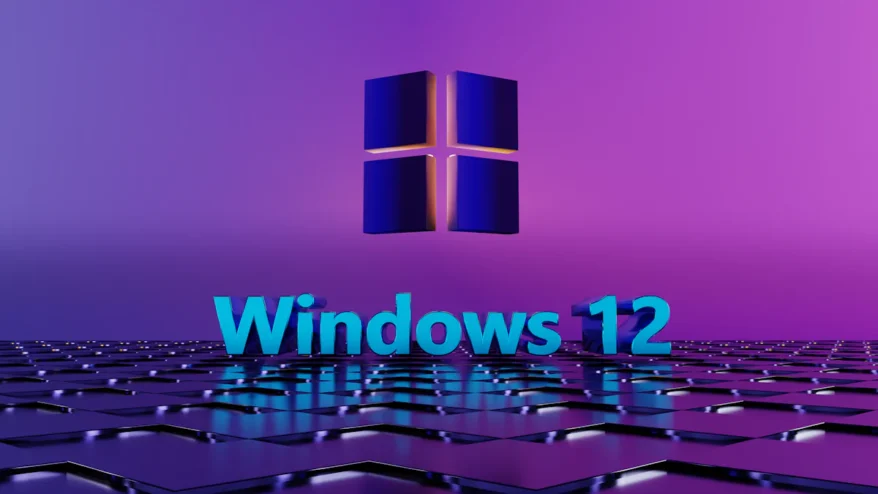
User Interface Changes
Design Overhaul
Windows 12 will likely introduce a significant design overhaul. Microsoft aims to differentiate the new version from its predecessors. The new user interface may resemble elements from macOS, providing a fresh and modern look. A floating taskbar could be one of the standout features, enhancing the overall aesthetic appeal. The interactive shell will offer an intuitive experience for users.
Customization Options
Customization options will play a crucial role in Windows 12. Users will have more control over the appearance and functionality of their desktops. Themes will see further improvements, building on the enhancements seen in Windows 11. Dark themes and other visual tweaks will allow users to personalize their experience to a greater extent.
AI Integration
AI-Powered Features
Windows 12 will likely feature advanced AI capabilities. Microsoft plans to integrate AI deeply into the operating system. The AI assistant could provide contextual suggestions based on user activity. This assistant might recognize people in emails or conversations across apps. Such features will streamline workflows and enhance productivity.
Impact on User Experience
The impact of AI on user experience will be profound. AI-powered features will make Windows 12 more intuitive and responsive. Users will benefit from personalized recommendations and automated tasks. These enhancements will lead to a more efficient and enjoyable computing experience.
Performance Improvements
Speed and Efficiency
Performance improvements will be a key focus in Windows 12. Microsoft aims to enhance speed and efficiency across the board. Faster boot times and quicker application launches will be noticeable. Users will experience a smoother and more responsive system.
Resource Management
Resource management will see significant advancements in Windows 12. Better allocation of system resources will improve overall performance. Enhanced memory management will reduce lag and increase stability. These improvements will ensure that users can run multiple applications seamlessly.
System Requirements
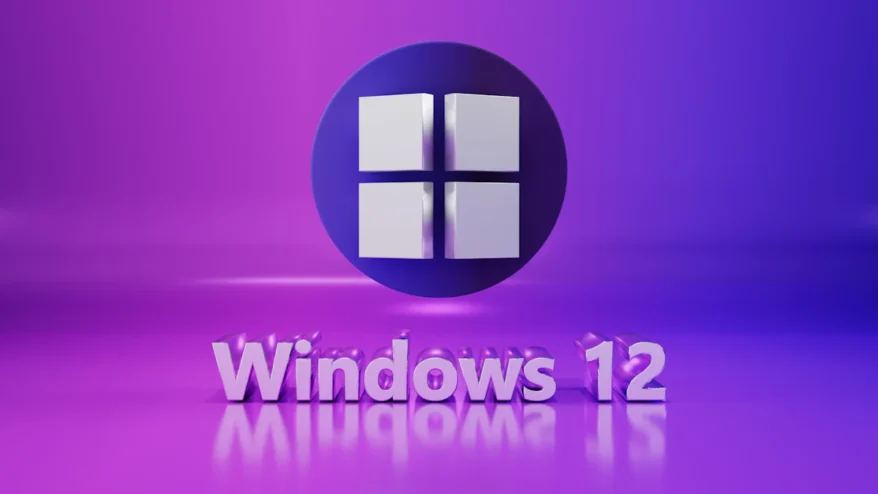
Minimum Hardware Specifications
Processor and RAM
Windows 12 will require a modern processor. A 64-bit processor with at least a 1GHz clock speed will be necessary. The operating system will also demand a minimum of 8GB of RAM. This ensures smooth performance and the ability to handle multiple applications simultaneously.
Storage and Graphics
Windows 12 will need at least 64GB of storage space. Solid-state drives (SSDs) are recommended for faster data access and improved system responsiveness. The system must support UEFI firmware with Secure Boot and include a Trusted Platform Module (TPM) version 2.0. For graphics, a DirectX 12 compatible card will be essential. A high-definition display larger than 9 inches will also be required.
Compatibility with Existing Devices
Upgrade Paths
Devices currently running Windows 11 should meet the requirements for Windows 12. However, some new features, especially those related to AI, may necessitate additional hardware. Users should check their device specifications to ensure compatibility. Upgrading from Windows 11 to Windows 12 should be straightforward for most users.
Supported Models
Most modern PCs will support Windows 12. Devices that meet the hardware specifications for Windows 11 will likely perform well on Windows 12. Users should verify that their models support the necessary hardware features. This includes Secure Boot, TPM 2.0, and DirectX 12 compatible graphics.
Speculative Features
Rumored Additions
New Applications
Rumors suggest that Windows 12 may introduce several new applications. A built-in messaging client, potentially named Windows Messenger, could streamline communication and collaboration. This application might merge functionalities from both Teams and Skype, creating a unified platform for users. Another exciting possibility includes the ability to install Android apps directly through APK files. This feature would expand the ecosystem of available applications, offering more flexibility and convenience.
Enhanced Security Measures
Enhanced security measures are also anticipated in Windows 12. Microsoft might introduce advanced features to safeguard data and privacy even further compared to Windows 11. These enhancements could include more robust encryption protocols and improved user authentication methods. The integration of AI could play a significant role in identifying and mitigating potential threats in real-time. Such measures would underscore Microsoft’s commitment to innovation and security.
Community Wishlist
Popular User Requests
The community has voiced several popular requests for Windows 12. Users have expressed a strong desire for animated wallpapers, which would provide a more dynamic and visually appealing desktop environment. Another frequently mentioned request is tighter integration with Microsoft’s AI assistant. This integration could leverage artificial intelligence to enhance productivity and user experience. Additionally, users hope for a redesigned lock screen and notification center to improve usability and accessibility.
Feasibility and Implementation
Implementing these features will require careful consideration. Animated wallpapers, for instance, would need to balance visual appeal with system performance. The integration of AI-powered functionalities must ensure that user data remains secure and private. A redesigned lock screen and notification center would necessitate extensive user testing to achieve optimal usability. Microsoft has a track record of incorporating user feedback into its updates, so many of these requests may become a reality in Windows 12.
The blog has explored the key points surrounding the potential release of Windows 12. The discussion included anticipated release dates, new features, system requirements, and speculative additions. The information remains speculative, with Microsoft yet to confirm many details. Staying updated with official announcements will provide clarity as the release date approaches. The potential impact of Windows 12 could be significant, offering advanced AI integration, enhanced performance, and improved user experience.
